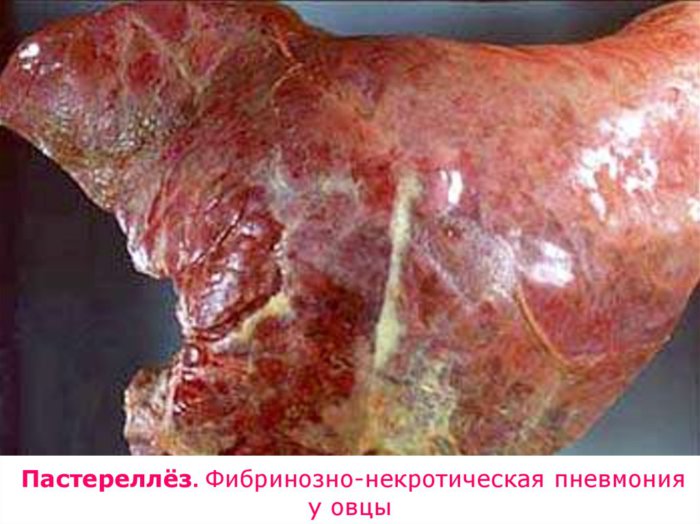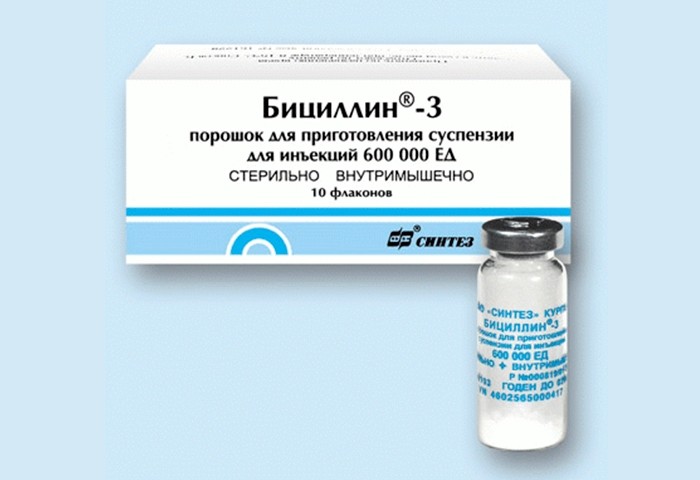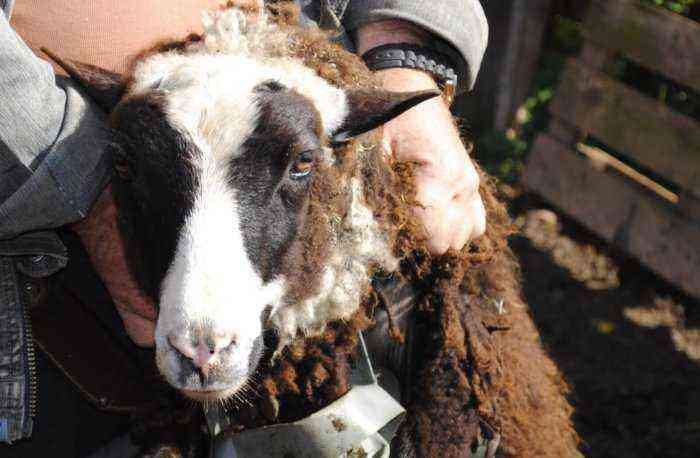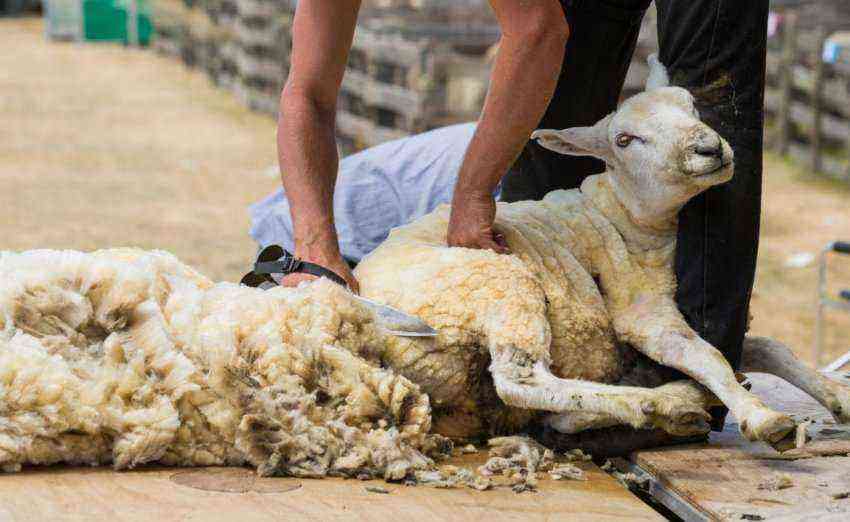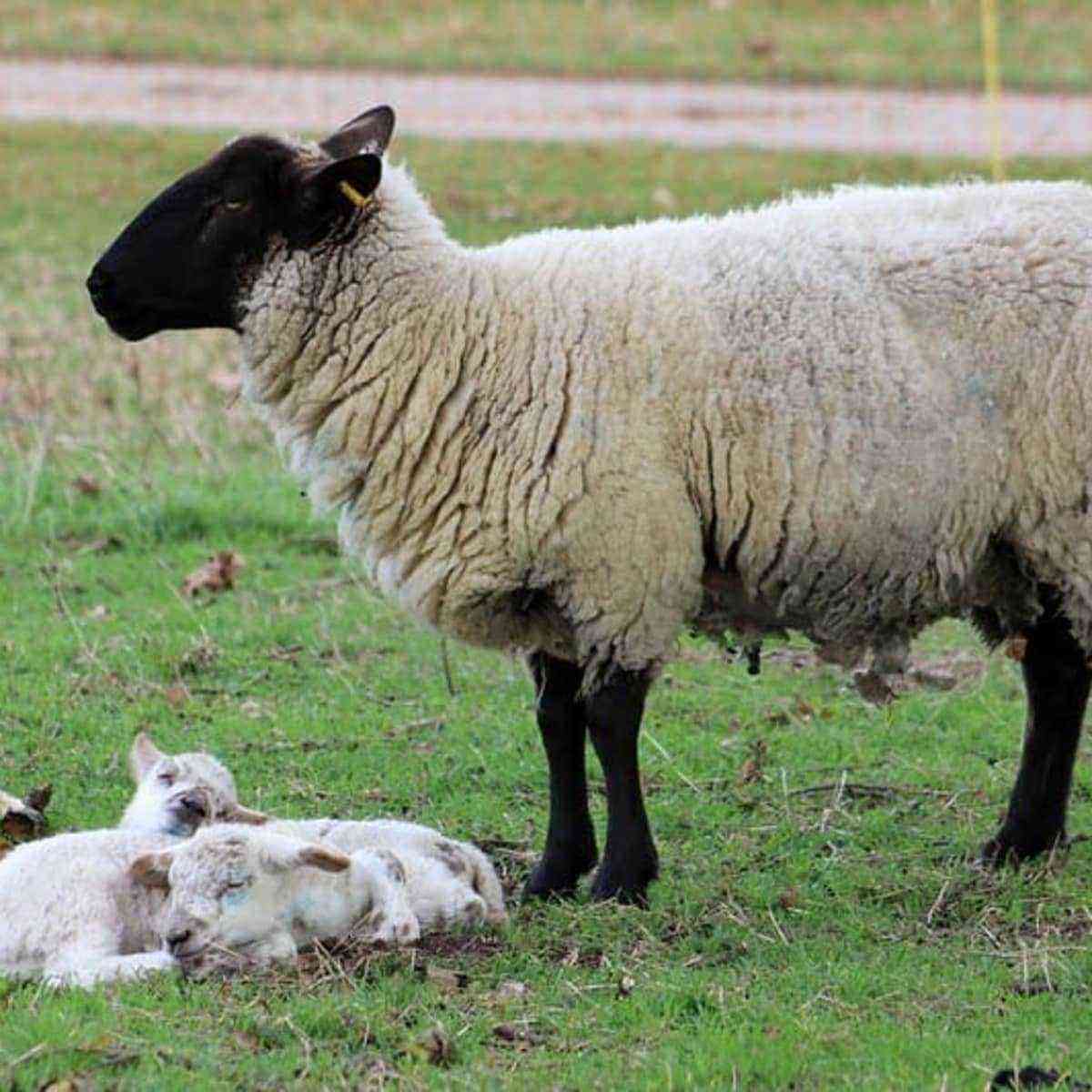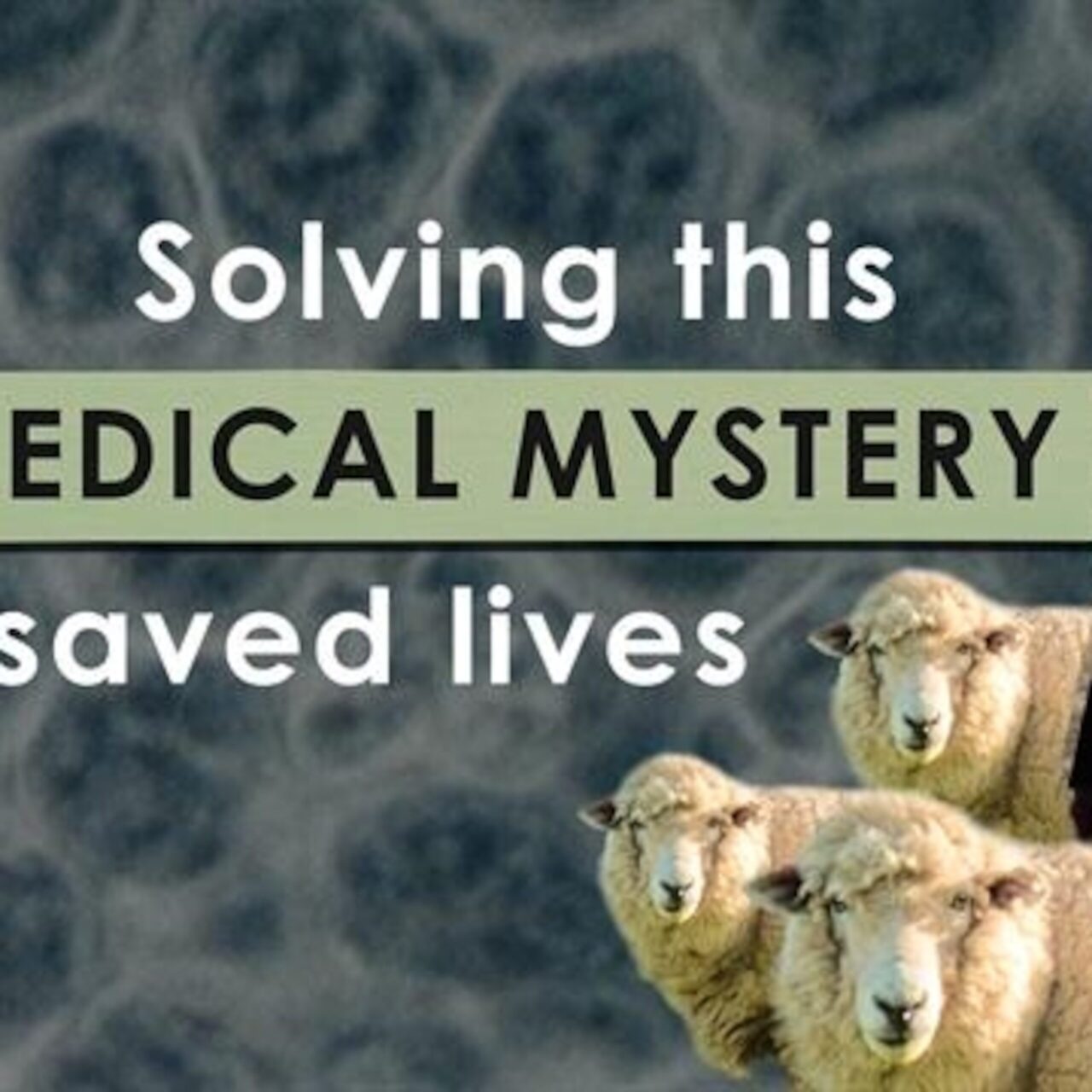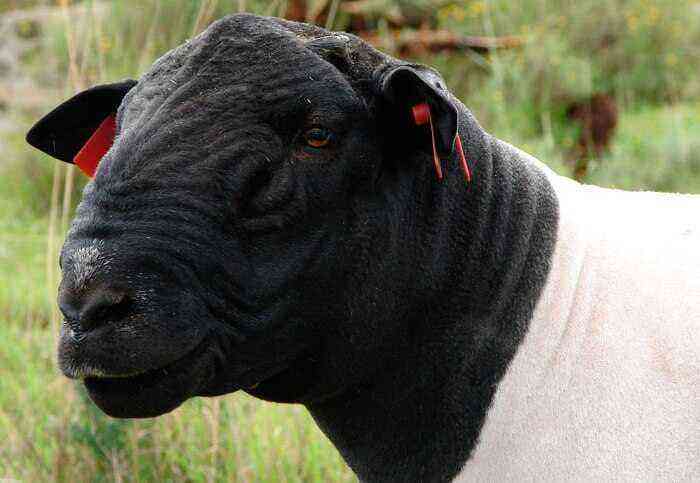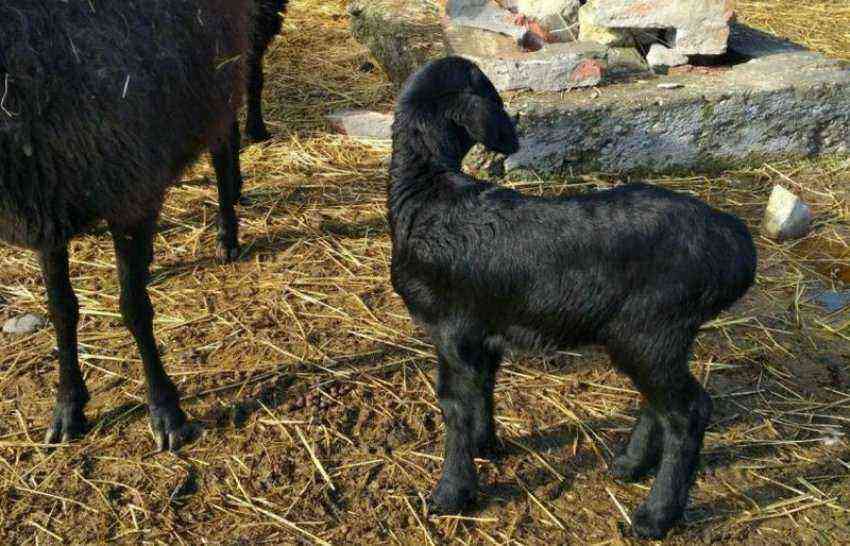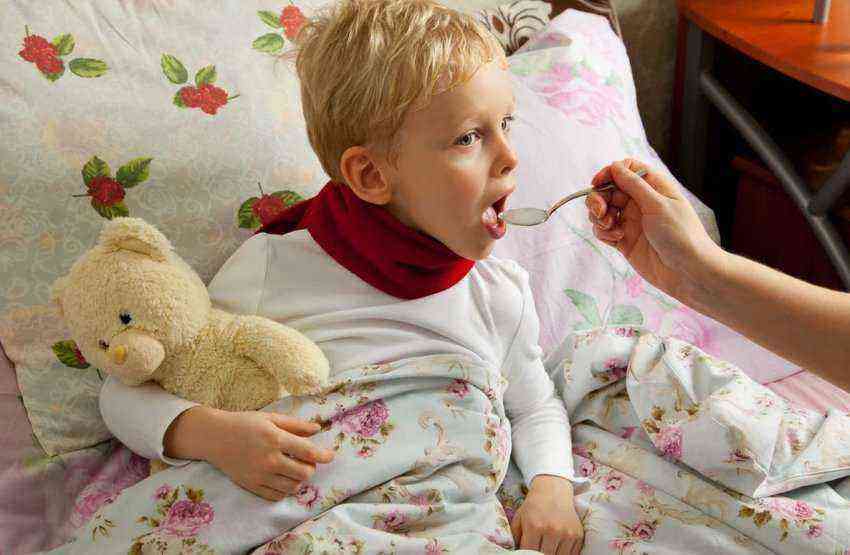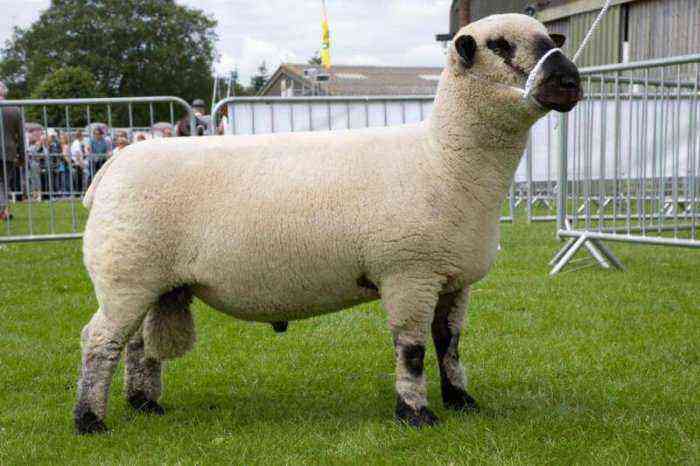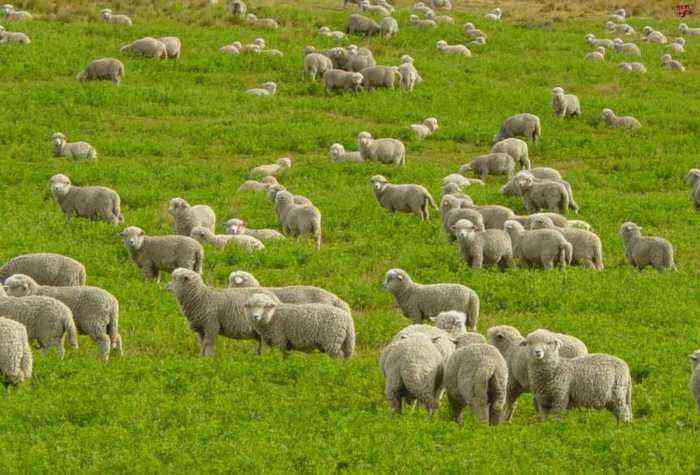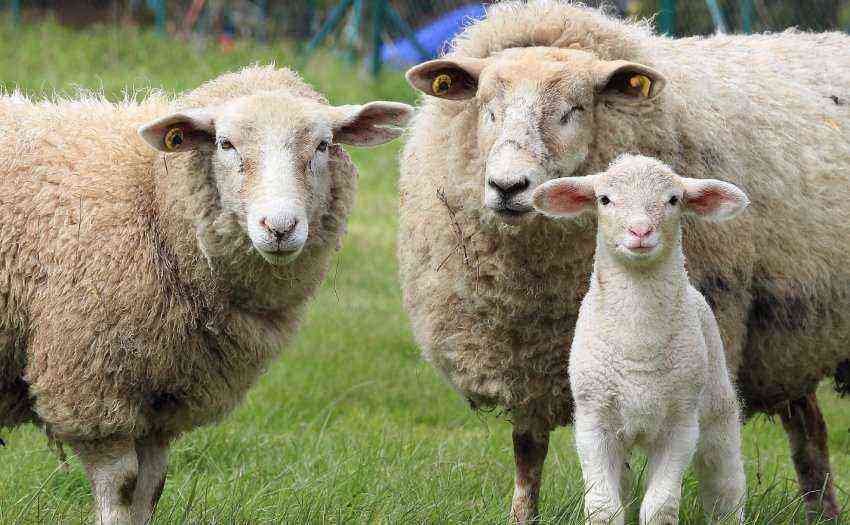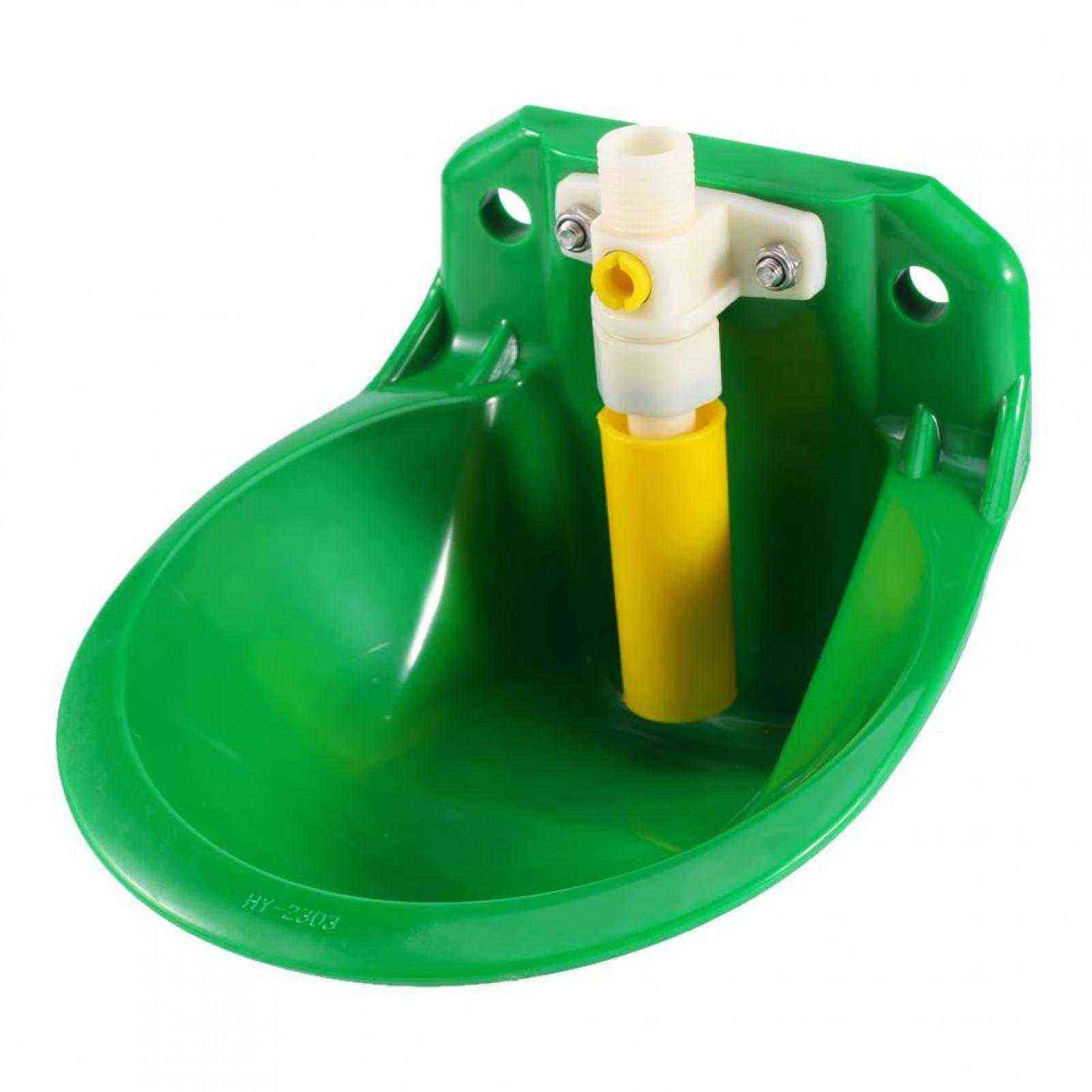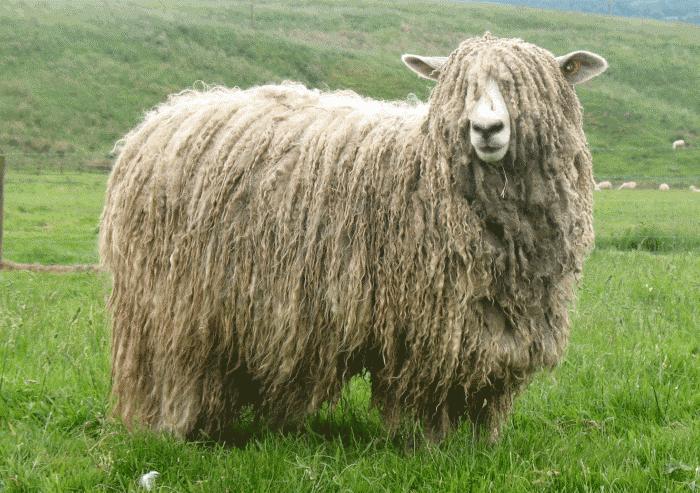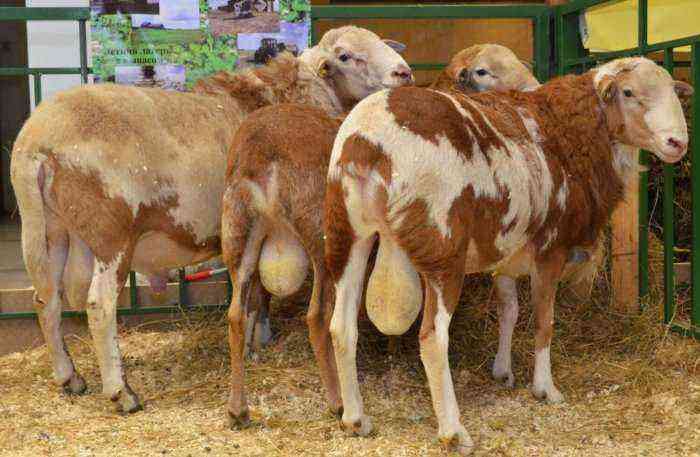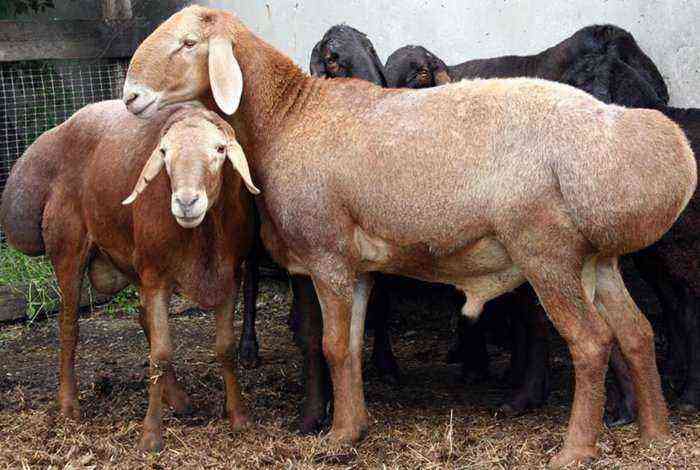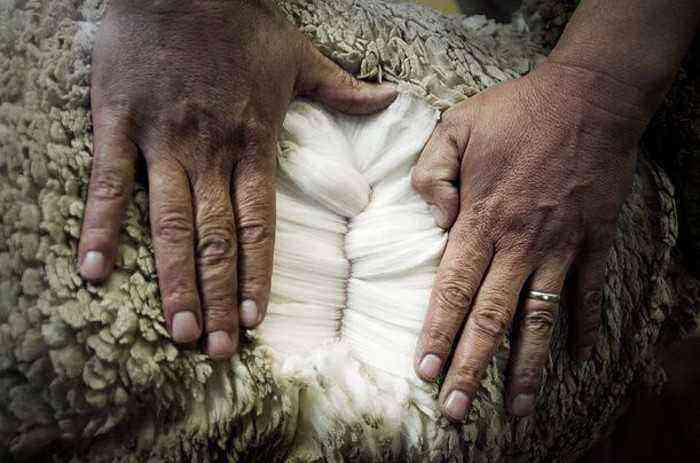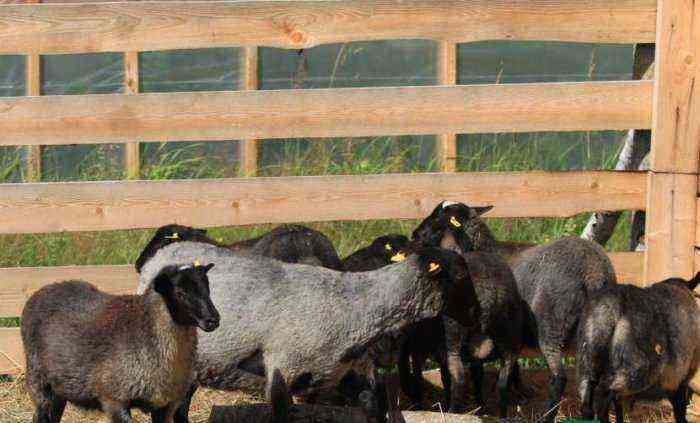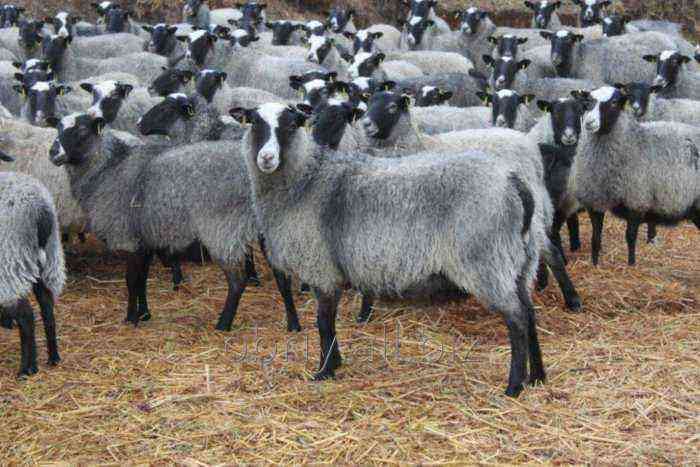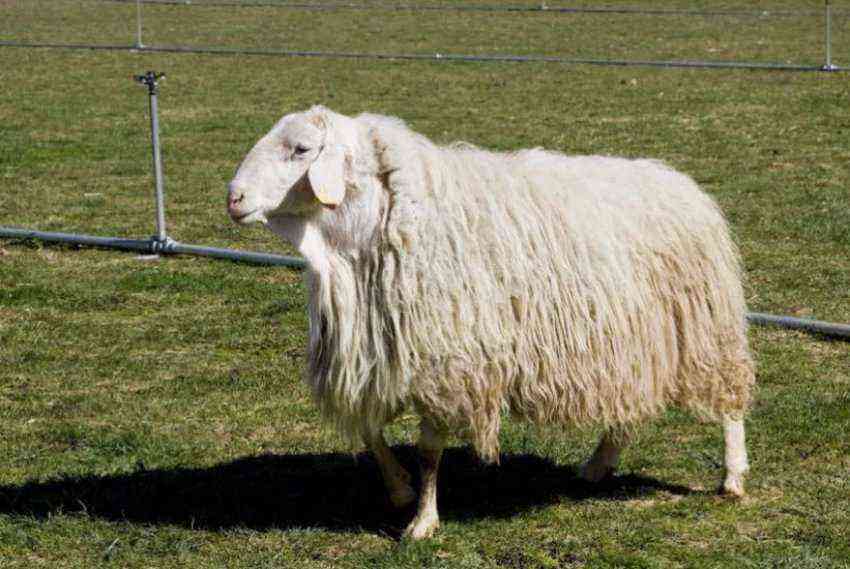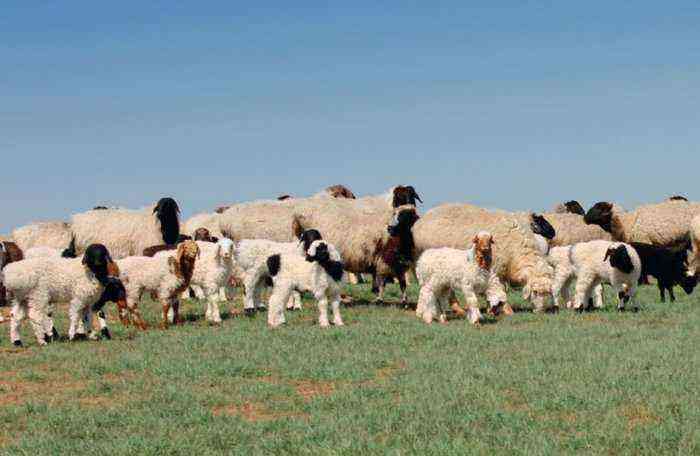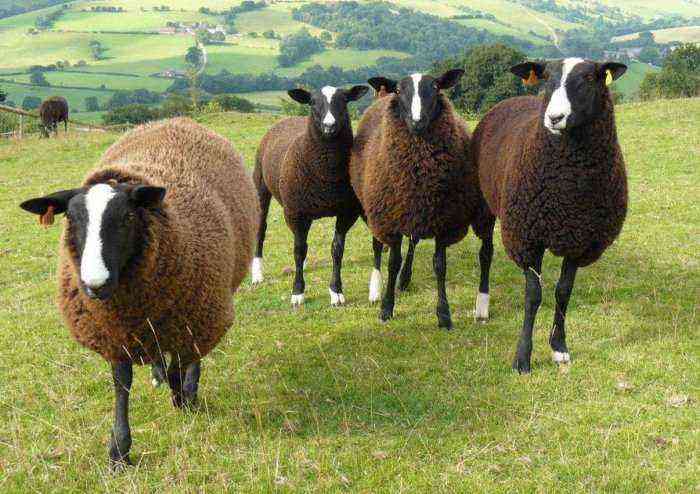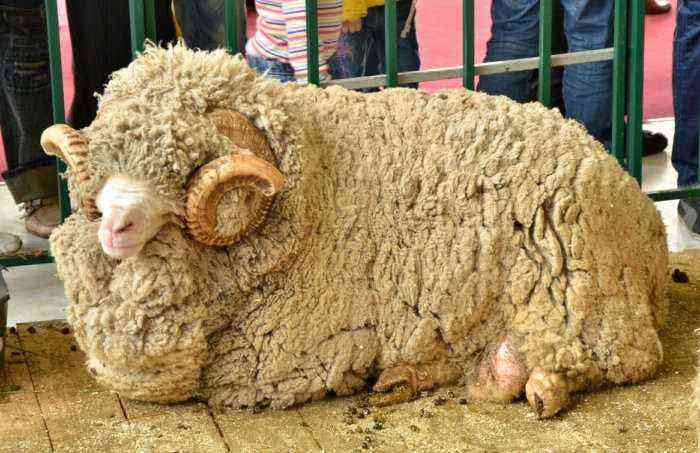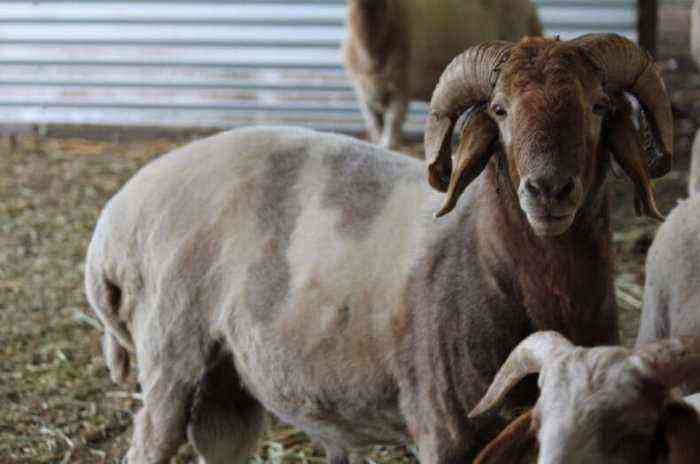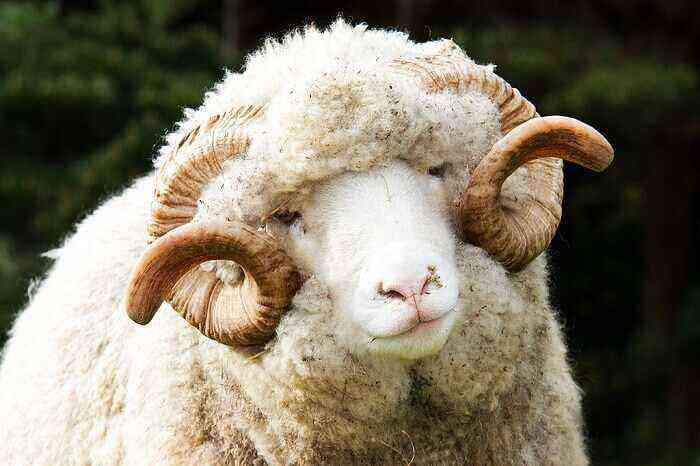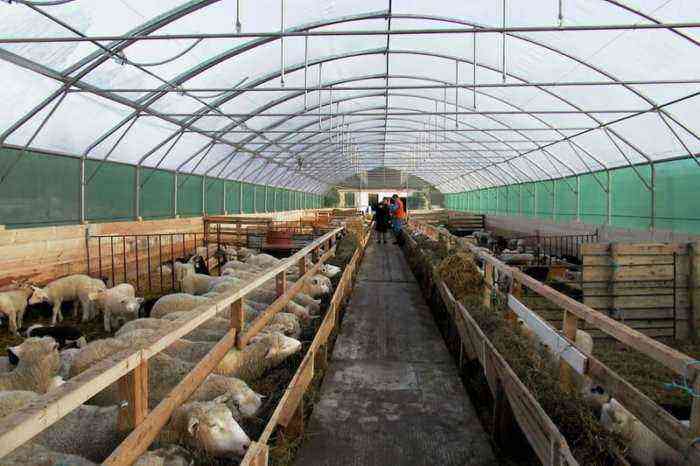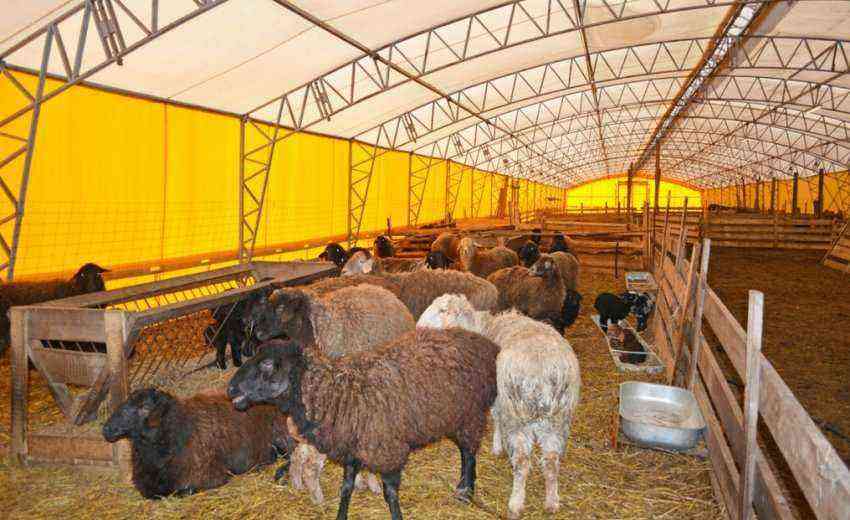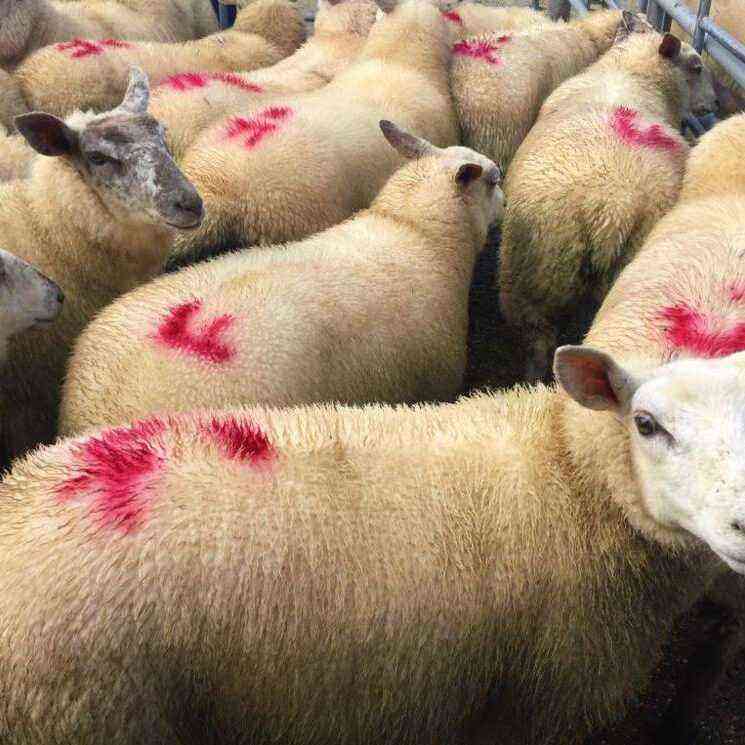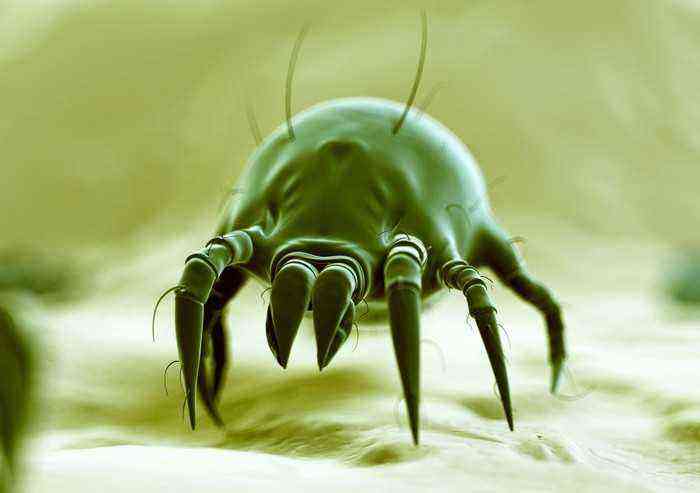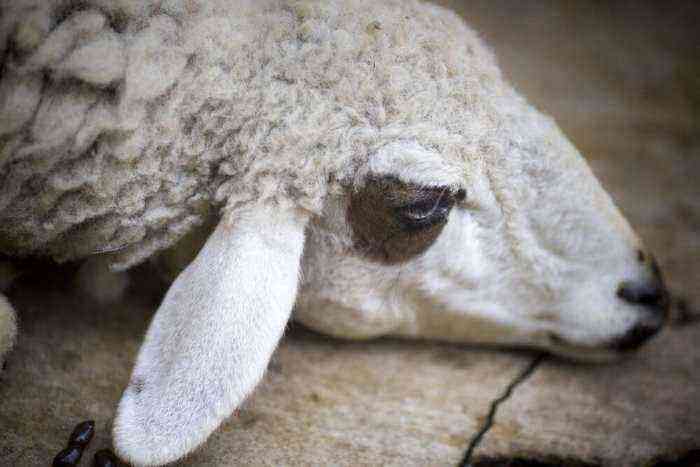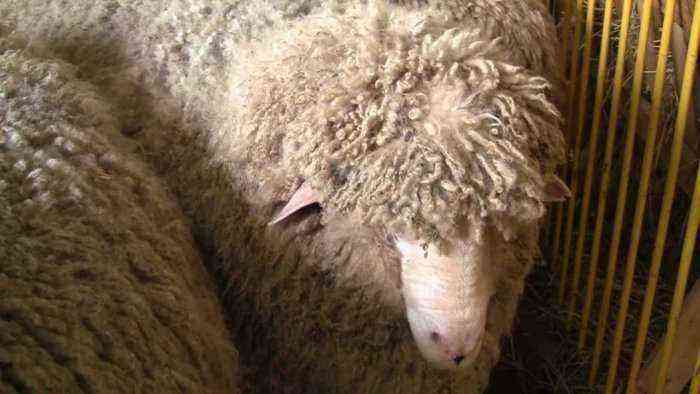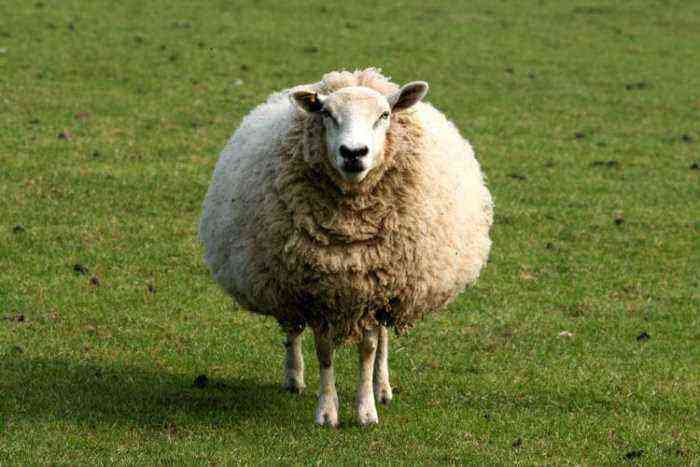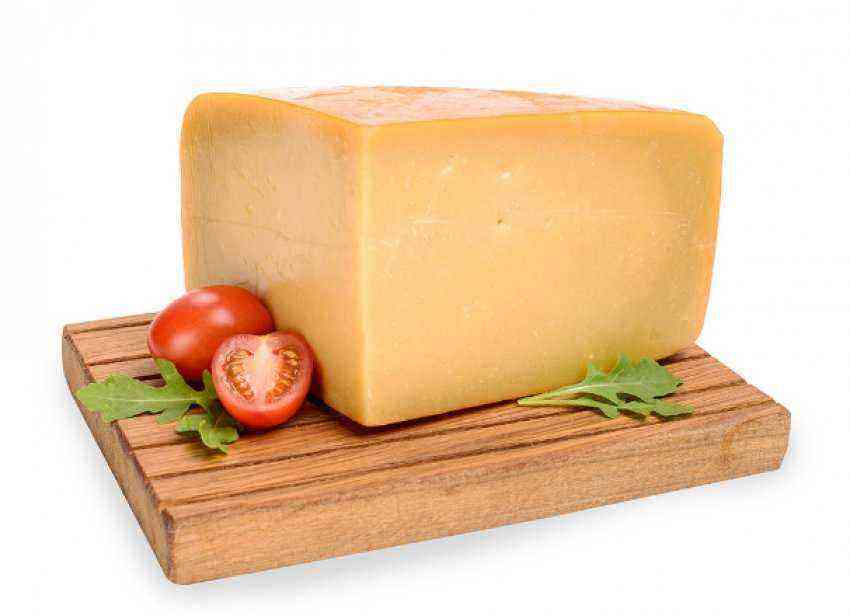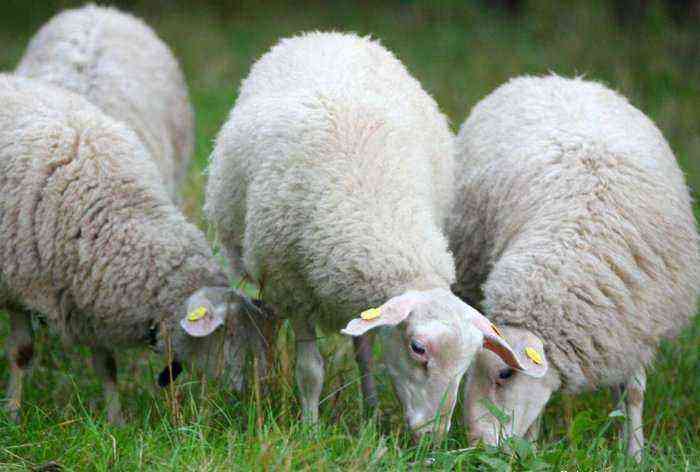Sheep pasteurellosis is a disease caused by aerobic bacteria Pasteurella, which is characterized by signs of septicemia and hemorrhagic inflammation of the digestive and respiratory systems. Symptoms of the disease, causes and ways of infection of sheep with pasteurellosis, as well as methods of dealing with the disease will be discussed in this article.
healthy lambs
Pathogen data
The causative agent of the disease is an aerobic gram-negative bacterium that does not form spores, pasteurella. For the first time, the scientist Pasteur managed to grow it on a nutrient medium, thanks to which the disease was named after him. The bacterium can have a different shape – in the form of cocci or rods with characteristic thickenings at the ends. Often microorganisms are grouped together in a chain.
Pasteurella is unstable to the effects of disinfectants, and also quickly die when heated above 70 degrees. Ultraviolet is also destructive for them – within a quarter of an hour, microorganisms die. On inventory, in soil, water, they remain viable for several weeks.
Penetrating into the body of farm animals, pasteurella can stay on the walls of the trachea and in the bronchi for a long time without causing harm. However, with a decrease in the immune resistance of the animal, they multiply rapidly, then the disease enters the active phase. First of all, the lymphatic system is affected. Toxic substances, waste products of bacteria destroy the walls of capillaries and blood vessels. Then the latter become permeable, and lymph and blood seep through the injury sites. As a result, edema occurs on the body of the sheep. Pasteurella affects the internal organs – lungs, liver, intestines.
Attention! Pasteurellosis is dangerous to humans.
Causes and ways of infection
Sheep become susceptible to the disease when their immunity is reduced. Lambs are especially sensitive to the pathogen after weaning. The main reasons for the spread of infection:
- crowded content;
- stressful situations – transportation of animals, regrouping, a sharp change in diet;
- temperature drops;
- dampness;
- unsanitary conditions in the paddock;
- poor diet;
- non-compliance with elementary preventive measures.
Infection of sheep occurs through contact with a sick individual
Infection of sheep with pasteurellosis occurs mainly through contact with a sick individual. The causative agent is secreted from them with mucus from the nose, with expiration from the eyes, and also when coughing from the mouth. Pathogenic flora gets into food and drinking water. The attendants can also bring Pasteurella into the corral along with household items and inventory. The main ways of infection:
- respiratory;
- alimentary;
- direct (through damaged skin).
Symptoms and signs of pasteurellosis in sheep
The symptoms of infection do not appear immediately, for some time the disease is hidden, but even then you can notice the malaise in sheep on the grounds of:
- animals eat reluctantly and little;
- their activity decreases;
- the sheep look oppressed.
Pasteurellosis in sheep usually occurs in three forms – acute, subacute and chronic. The severity of symptoms and the nature of the disease depends on the immunity of the animal and the virulence of the strain of the pathogen.
In an acute course, the animal dies within 3-4 days. Symptoms of the disease are pronounced:
- strong oppression;
- high temperature (up to 42 degrees);
- diarrhea.
Sign of pasteurellosis
Symptoms of pasteurellosis in sheep, occurring in a subacute form, are as follows:
- temperature rise up to 41,5 degrees;
- refusal of food;
- mucous discharge from the nose;
- signs of conjunctivitis;
- diarrhea;
- cough, shortness of breath;
- swelling of the neck, pharynx, oral mucosa;
- mucosal cyanosis.
Sometimes pasteurellosis passes from a subacute form to a chronic one. This happens if the immune system is strong enough, but the sheep does not receive treatment. In this case, the animal loses weight, his joints swell. Blood test shows anemia.
Attention! A sheep suffering from a chronic form of pasteurellosis can also die when its immune system can no longer fight the infection.
Treatment
As soon as symptoms of the disease are detected, it is necessary to contact the veterinary clinic. Treatment will begin immediately after a preliminary diagnosis is made. Sick animals are immediately isolated, separate equipment is allocated for them.
Sheep pasteurellosis is treated with hyperimmune serum. It is administered intramuscularly in a double dosage.
Attention! Serum against pasteurellosis is effective in acute cases only at the initial stage of the disease.
To combat the pathogen itself, tetracycline antibiotics are used:
- Oxytetracycline;
- Bicillin-3;
- Dietracycline.
Bicillin-3
In parallel with antibacterial drugs, sulfanilamide drugs are used – Norsulfazol, Sulfadimezin. In addition to the listed drugs, symptomatic agents can also be used – antipyretics, sorbents, etc.
At the time of treatment, sick individuals are placed in dry warm pens, they are provided with high-quality and varied food and plenty of drink. Sheep that have had pasteurellosis develop immunity for up to a year.
preventive measures
To protect the livestock from infection, it is necessary to constantly work on strengthening their immunity. Animals should eat well, spend a lot of time outdoors. It is important to maintain cleanliness in the pens, regularly change the bedding and disinfect the inventory. It is unacceptable to contact with employees of farms where the situation is unfavorable for pasteurellosis.
For livestock immunization, a vaccine against pasteurellosis is used. For sheep and cattle, a formol vaccine has been developed, as well as a polyvalent vaccine, which, in addition to inactivated strains of Pasteurella, includes strains of paratyphoid and diplococcal septicemia.
Attention! Only healthy individuals are subject to vaccination.
Sheep pasteurellosis is a dangerous but curable disease. It can cause significant damage to the farm. It is especially important to protect young and pregnant and lactating females from infection, as their immunity is vulnerable. Such animals, infected with pasteurellosis, are more likely to die. That is why you should not neglect timely vaccination, and at the first signs of animal discomfort, contact a veterinarian.

